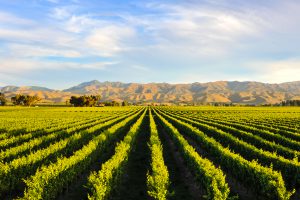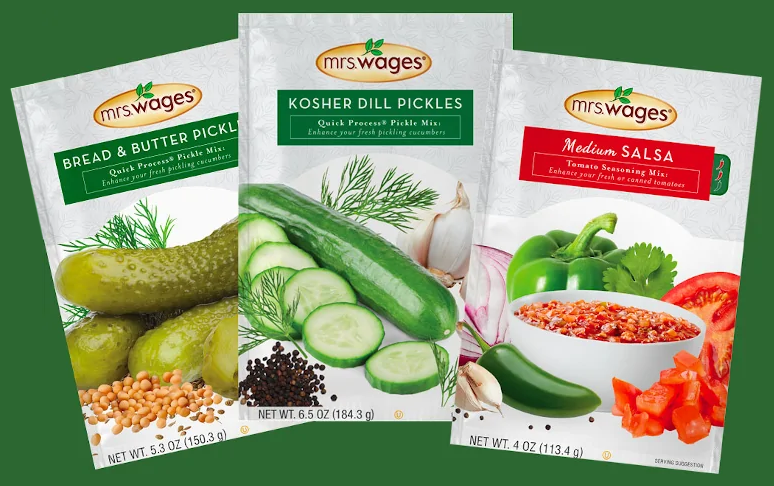Canning Foods At High Altitude

If you live at altitudes higher than 1000 feet above the sea, canning foods must be a whole different ball game for you. Making jams and preserves, veggies and tomato soups, or anything else is a unique experience when living so far above the surface of the sea.
We are here to help you figure out why that’s the case and how you can make up for the higher elevation.
High Altitude Canning – What’s Different?
The boiling point of water changes due to lower atmospheric pressure and lower boiling temperature at higher altitudes. This affects your canning abilities because the boiling water bath method depends on the temperature and the food’s high acidity to safely preserve it.
Up until 1000 feet above sea level, the boiling temperature for water is at 212 °F. But it changes to 207.1 °F at 2500 feet.
In water bath canning, ensuring these temperature levels maintains food safety; making up for the difference is essential. If the boiling water isn’t hot enough, the foods won’t be effectively sterilized.
Pressure canning also requires temperatures higher than that of boiling water to preserve low-acid foods safely. Also, expect the light atmospheric pressure at high altitudes to affect pressure canning, which means you need to increase pressure accordingly.
High-Altitude Canning Adjustments
There are two types of canning that you need to take care of when making adjustments to the recipes at high altitudes:
- At high altitudes, add processing time for boiling water bath canning
- At high altitudes, raise the pressure for pressure canning
Boiling Water Bath
The altitude you are on and the recipe’s processing time determine the adjustments you have to make with the boiling water bath canning.
For a recipe with a processing time of over 20 minutes:
- 1,001–3,000 feet above sea level: raise time by 5 minutes
- 3,001–6,000 feet above sea level: raise time by 10 minutes
- 6,001–8,000 feet: raise time by 15 minutes
- 8,001–10,000 feet: increase time by 20 minutes
For a recipe with a processing time of under 20 minutes:
- 1,001–6,000 feet above sea level: raise time by 5 minutes
- Over 6,000 feet: increase time by 10 minutes
Pressure Canning
In the case of pressure canning recipes, you will usually find a processing pressure of 10 pounds-per-square-inch gauge (PSIG) compared to the surrounding environment. This pressure is essential to produce a 240 degrees F boiling temperature at sea level.
A deadweight gauge pressure canner raises the pressure to 15 PSIG at over 1000 feet sea level.
Use the following pressure increments for dial gauge pressure canners.
- 1,001–3,000 feet: raise pressure by 2 PSIG
- 3,001–5,000 feet: increase pressure by 3 PSIG
- 5,001–7,000 feet: increase pressure by 4 PSIG
- Above 7,000 feet: increase pressure by 5 PSIG
Some Tips For High Altitude Canning
To save your time while canning at high altitudes, follow our tips:
- At high altitudes, jellies reach the gelling stage faster, and the candy thermometer does not help get an accurate reading. Remember that a gel point at sea level is different than that above 1000 feet and gives a pasta-like consistency instead.
- At high altitudes, canning sessions take longer because of the higher boiling point of water. So keep in mind that both types of canning take a longer time to get ready than you anticipate.
In Conclusion
If you live on high altitudes and want to enjoy delicious canned foods, don’t be bummed about the recipe’s requirements.
Follow our guide to safely use the food by making some easy adjustments to the recipes. For more information about canning basics and safety, head over to Mrs. Wages.


